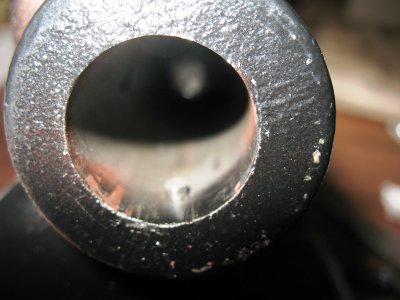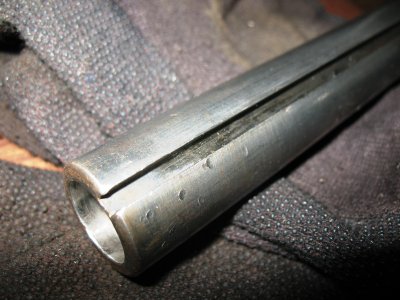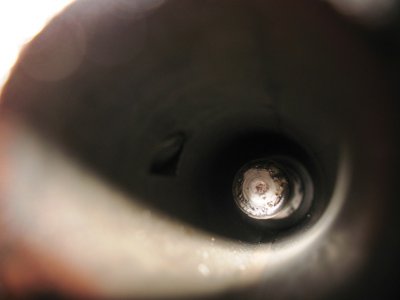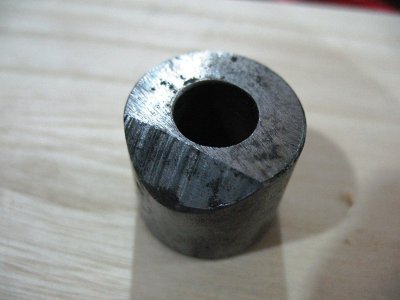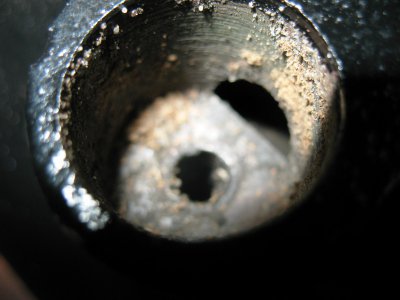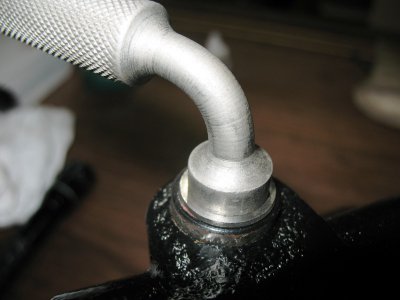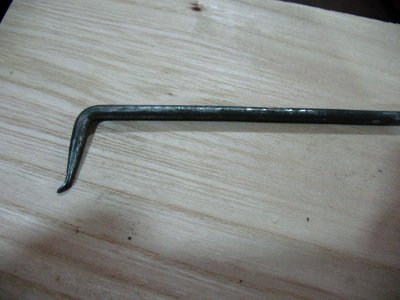Well my problem is solved. I hope I can explain what I did to fix it.
Photo number one shows the key in the quill sleeve, photo number two shows the quill and its keyway.
Photo number three shows the hole in the tailstock as it opens into the quill sleeve at about 10 O Clock.
After thinking about what papaseven said, I thought that perhaps the wedge was really inside the tailstock but so worn that it no longer made contact with the quill regardless the amount of pressure applied.
I laid the tailstock on it’s side and inserted the crooked pick (photo number seven) into the hole in the quill sleeve and then griped its shank with a pliers and twisted it clockwise. To my amazement the locking lever sleeve (which I assumed was a press fit) slowly rose from its position in the tailstock.
Once removed one can see that the locking lever sleeve itself is what locks the quill and over the last 98 years it has become so worn it no longer made contact with the quill (Photo number four)
Photo number five is the top of the tailstock where the locking lever sleeve is inserted.
So to correct the problem I just inserted the quill into its sleeve then inserted the locking lever sleeve but rotating it to a new surface which makes the locking lever stand slightly proud (photo number six)
I don’t know if this is the correct way to fix the problem or not, but I can now lock the quill and won’t have to worry about a chunk of Elm whacking me in my face.
Thanks for the help everyone, I appreciate it. By the way this lathe has some odd bearings which I understand are nearly impossible to get now days. Fortunately the previous owner was thinking ahead and purchased several extra bearings which are still wrapped in their original greasy paper.
